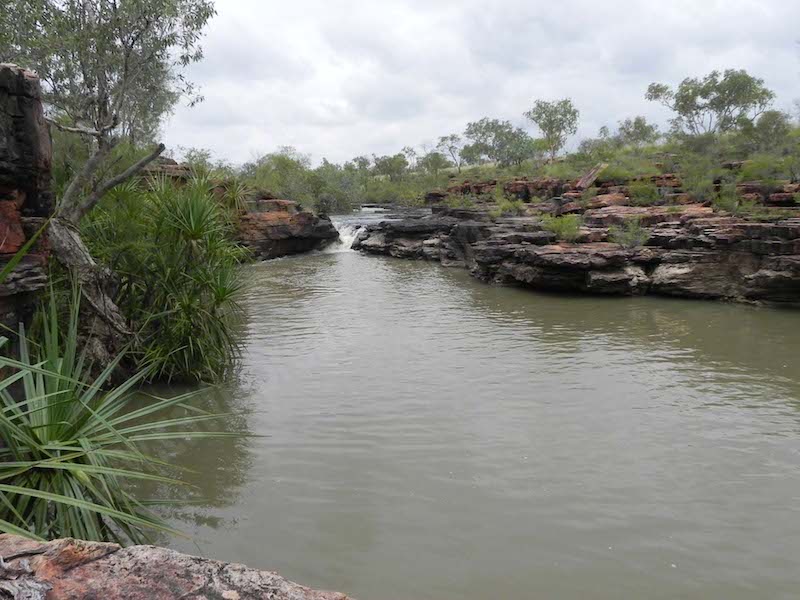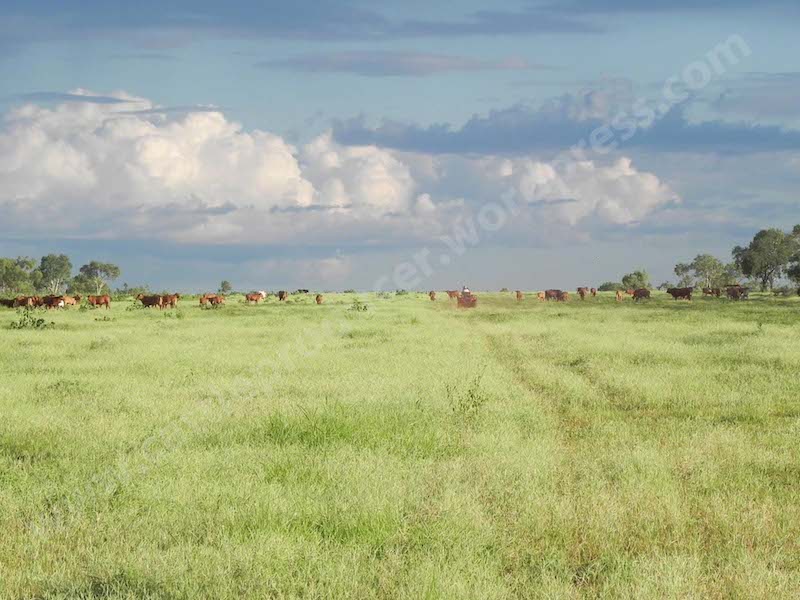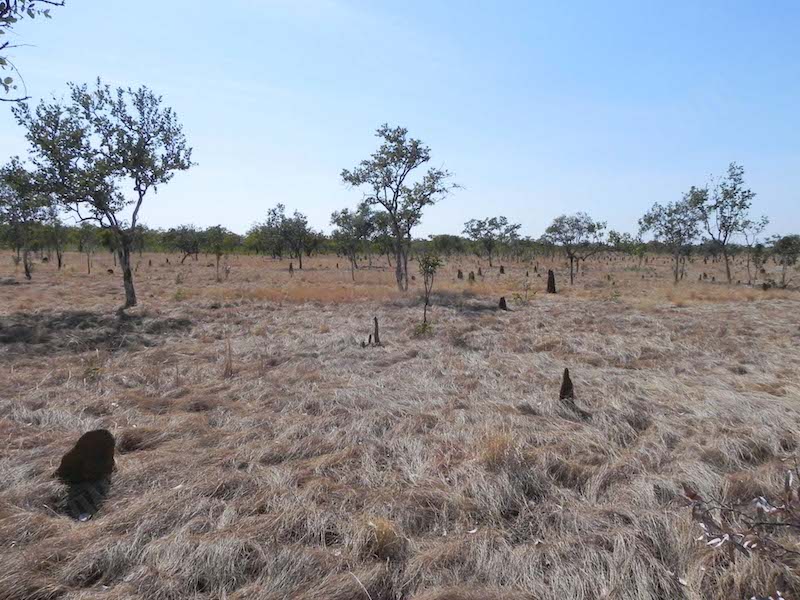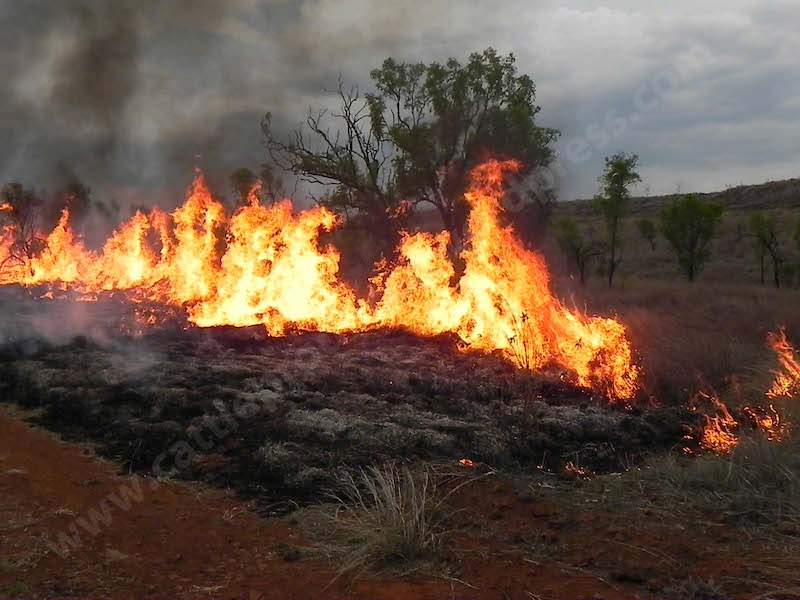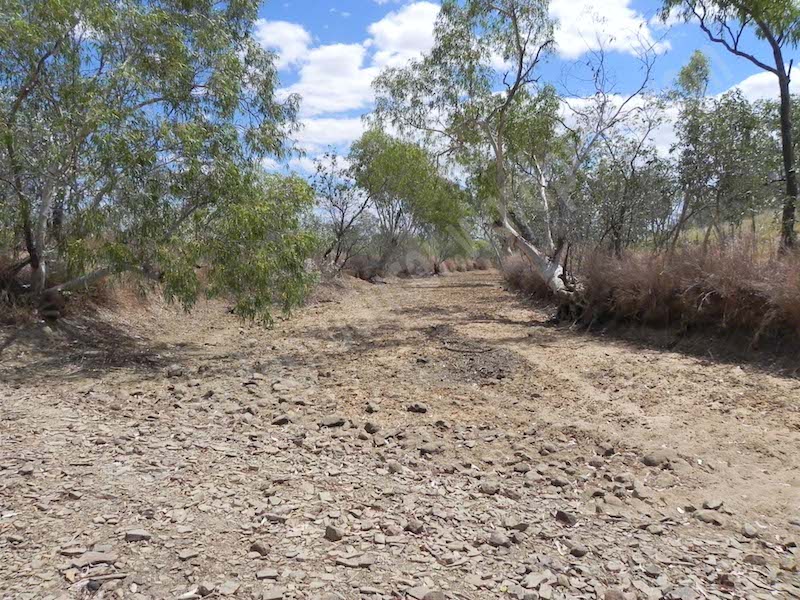Roller Coaster Seasons
Host: Hodgson River Station
Written by: Jo Bloomfield – Owner, Hodgson River Station.
The changes of the seasons over 12 months in North Australia is really quiet astounding! In this post I have tried to show a snapshot of our major environment changes through a single year.
January, in particular February and March are generally our wettest months, we receive about 70% of our full rain fall average in those three months, with some rain also occurring in November and December. Our average rainfall is 880mm per annum with normal variances of 600mm to 1200mm. Therefore while not assured of 880mm we can be assured of some rain due to the monsoonal activities.
The 2012/13 wet season was a particularly poor wet season, only receiving 450mm. 2013/14 while it started very late is shaping up to be a good season, not so much in volume received of rain but the fact it is falling consistently and regularly allowing pasture growth to continue unchecked without dry spells in between. The largest wet recorded was 1600mm in 2000/01.
During the wet season our main tasks on property are to maintain fences and floodgates which are fences that cross creeks. We do all this on four wheeler motorbikes. I tend to be the ‘pack mare’, the boys carry fencing gear, I carry lunch and thermos of tea, plus of course my camera. We will often pull up at one of these scenic places, have lunch and simply enjoy the sights.
The wet season is generally very humid but not excessively hot, if there is cloud cover as with being overcast the temperatures are in the low 30 degrees though the humidity might be around the 70-100%. Storms will tend to build up during the day with rain falling in the afternoons. We don’t tend to get the cyclone effects of Darwin and the West coast, but like in early 2014 where a cyclone did come into the gulf, it turned into a rain depression and we can get some good falls from them. Other times cyclones in QLD and far west WA actually draw our moisture away and we’ll have a dry spell. This is what occurred in the 2012/13 wet.
The photo above indicates how high some of these water flows. My bike is parked about 5m in front of group of trees with drift wood from the flow mark of floodwater. That debris is about two times higher than my bike. This isn’t even a major river, it is a large creek that eventually feeds into the Hodgson main river system that flows north then to join with the Arnold and the Roper River which flows into the Carpentaria gulf.
During the wet season is when the bird life is most abundant, many have nests, and other animals often time the birth of their young to be had when the feed it most plentiful. Ideally it is also when we aim to have our cattle have their calves to allow the animals as plentiful of fodder for them as possible. This improves their own body’s ability to produce milk for their calf and restore their own body condition from the birth and establish their health leading into the drier periods of the coming year.
We spend most of our time outdoors checking fences after each major rain event to ensure floodgates stay up and cattle stay in the paddocks they are meant to. For instance our steers aimed for early muster need to be kept in a particular paddock for easy capture. If we didn’t maintain their fence they would be out with the general herd and we would need to literally muster the whole property to get our sale cattle.
This period of time is also planning the coming year, catching up on office work. For me major wet season jobs are maintenance of my garden lawns and major mulching and readiness of the vegie garden for the planting in about March. The boys will spend most of their time in the shed carrying out vehicle repairs, building equipment we stockpile and use through the dry.
We try not to travel to town over the wet as the chance of getting caught in bog holes on roads is very high and if enough rain fell may actually stop us returning to the property at all. Then we’d need to be flown in which just isn’t practical due to expense.
With a good wet season the grasses will continue to grow for a number of months after the rains have stopped. The importance of grass in volume and nutrition is critical for the cattle grazing but it is also important that stocking rates are sensitive to the need of the grasses to be allowed to reseed and not be all consumed. If we were to graze so heavily the grass was eaten before able to set seed, the seed bank for future years production would eventually be diminished, this would mean we would have to reduce cattle numbers as the feed regeneration would also be reducing. Carrying more cattle than what is long term environmentally sustainable will cause the desired palatable grasses to diminish and the unpalatable non-desirable ones to increase. It is our own interest to look after the environmental health of the land as best we can as we are totally reliant on natural resources for our income.
A lot of surface water will still be around the property from April to May. Depending on how the wet season has been we will be making sure we have infrastructure repairs and equipment in the stock yards ready for mustering which may start around this time.
Mustering of the cattle will continue for several months and depends on the area being mustered, weather, markets, and business requirements.
Once the grasses have hayed off they lose much of their nutritional value, while the grass in this picture may look dead it is actually just dormant as the same root stocks will regrow when they next receive a rain. These are perennial grasses, we also have a lot of annual grasses that tend to dry up and die during the dry season, but by seed will grow again following a rain event.
The weather now is very mild and often clear cool to warm days. Generally not very windy.
This time of year is our busiest, most surface water has now dried up except for large permanent water holes. We will be making sure the animals have access to water by bores and facilities we have established solely to ensure they have a clean and adequate supply of water.
We will be mustering and removing weaners from cows to enable them to maintain body condition to not only carry another pregnancy but to ensure their own health and vitality is maintained. It is not desirable for an animal to lose so much body condition that they need all of the wet season to simply recover from the previous dry. It is best to have the body conditions maintained as level as possible and as high as possible to maintain fertility and health. We do this by supplying supplement including use of water medicators for some nutrients.
Fire season is usually late September to when the rains start. Our busiest time of year as we are generally mustering, handling weaners, and then having to chase fires and ensure their containment.
Fires can be started by all sorts of reasons, sometimes accidental, such as welding sparks, natural such as lightning or on purpose which unfortunately happens. We spend a lot of time during the dry clearing along fencelines with heavy machinery to form fire breaks and buffers from which we can back burn as controls. These don’t always work and at times we are at the mercy of the winds and prevailing weather conditions. The photo above is where we are back burning from a road because a fire front was advancing from the other side of the hill at the rear of the picture.
Fire is necessary in this country to sometimes get rid of the dried bulk of feed and allow new pastures and grasses access to light to grow. Some pastoralists like to do cool burns which they conduct immediately after the wet to create buffer zones in case of other fires. We prefer hot fires late in the dry because we have areas where cool burns have done nothing but encourage woody weed growth.
Fire breaks don’t always stop fires and we use water carts and refill at bores if we require them. Sometimes we simply have to sacrifice some feed in areas and will back burn to save pasture in others.
The weather now is still relatively mild, with warmer days starting to happen. Blustery winds tend to be around and often the days are very hazy because late in the dry there is always a fire burning somewhere up north and the smoke drifts from many kilometres away.
October through to December by which time it has hopefully started to rain is the build up.
Most of the water courses are very dry with all pasture feeds dried off and the large stands of spear grasses very brittle and dry. Fires are a constant menace as the slightest spark with a wind becomes a runaway very quickly.
We have tried to finish all stock handling before the build up as the temperatures are difficult for animals and people. You just can’t seem to drink enough water and sweat just streams off you with the slightest exertion.
The humidity is really climbing to about 60%, the temperatures are also relatively high at high 30’s to low 40’s, the humidity seems to intensify the sun’s heat if there is no cloud cover, so people and animals tire very easily.
We are trying to finish tasks that hadn’t been finished in the dry, such as fence clearing, putting in new infrastructure, generally stuff that requires heavy machinery as once it starts to rain those vehicles must stay at home.
This period of late in the dry is the toughest on the animals. They are totally reliant on water we are pumping and their feed sources are diminishing or being burnt. Their body condition is probably declining and the incidence of dog attacks increases 10 fold as dogs take advantage of any sick or weak animals. We will be conducting our late season wild dog control.
In general everyone is looking skywards and hoping the thunderies building up are going to burst soon, to mark the start of the wet season.
It is about this time we get organised for the wet, make sure we have enough fuel, I do a completely ridiculous shopping order to a bulk food supplier, we kill most of our own meat, and on occasion I milk goats but it’s surprising how much staple items you go through and need for several months if you can’t get access to get out and collect it. I dare you to think about that next time you buy toilet paper for your whole family and make sure supply can last two to three months!
Articles for this week will be:
1-Wild Wild Rivers – Explanation of site and formation of river systems.
2-Roller Coaster Seasons – Variances of the wet to the dry season in North Australia (today).
3-Strut your Stuff, The Animals – Native animals of the region.
4-Get tough or die, The Plants – Native plants of the region.
5-The Weird the wacky the wonderful – Oddities and incredible feats of nature.
6-The unwanted, often despised – The feral animals and weeds.
7-Monitoring sites – How producers can pro-actively record and assess their activities.

